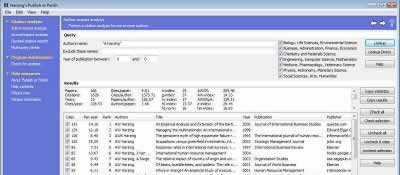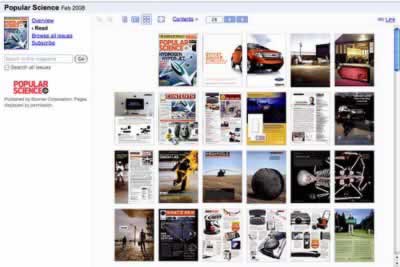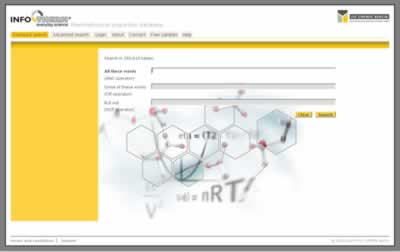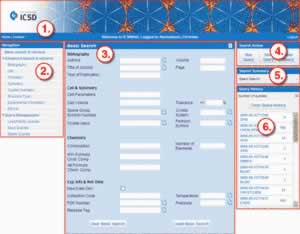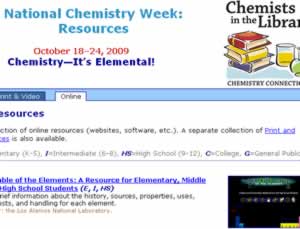Must Now Pickup License Keys in Person for Chem/ChemE Software/Search Clients
Thursday, July 30th, 2009Due to an increase in SUNet IDs being stolen and then used to gain illegal access to library resources and software licensed by Swain, it has become necessary to require users to physically come into the Swain Library and show their Stanford ID in order to get a code or license key. Products affected include:
- ACD Spectral/Physical Properties Software
- Beilstein Crossfire
- Cambridge Structural Database
- DIADEM/DIPPR 801 Database
Exceptions:
- PyMOL only uses IP address to authenticate users.
- SciFinder Scholar site.prf files are available on the server when you download the client software.
We also ask that you do not redistribute passwords or license keys to others.

